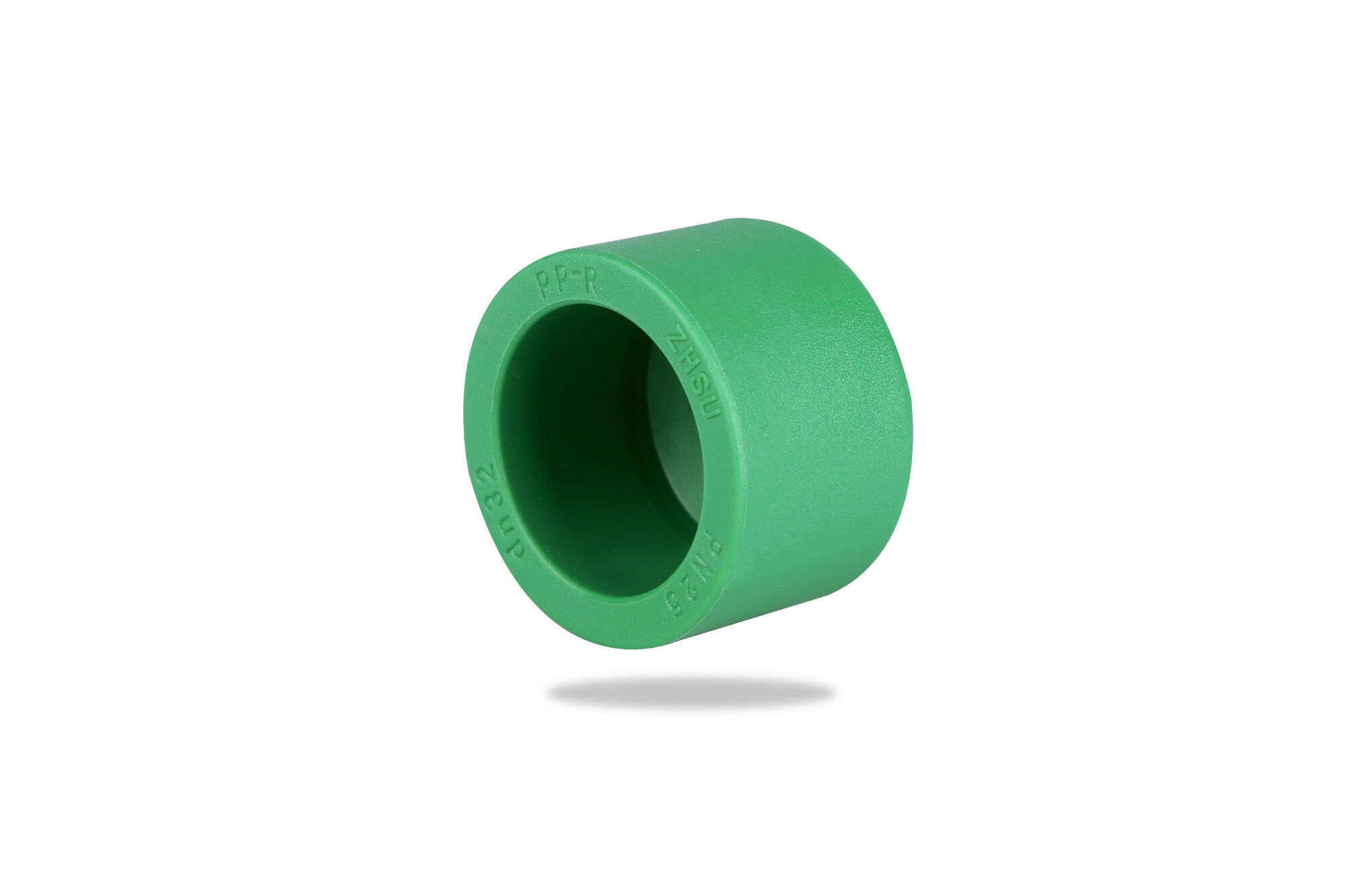Benefits of PPR and HDPE Pipe in Environmental Terms
In the modern world with rapidly growing concerns about climate change, environmental damage is a top issue and prudential aspect of living sustainably. There are some areas where progress is being made, like in PPR (polypropylene random copolymer) and HDPE (high-density poly ethylene)piping. Such new piping materials have a variety of benefits that do well for nature as much they aid in our overall health. Continue Reading: How PPR & HDPE pipes are Helping in a Greener Tomorrow?
Check Out the Benefits of PPR and HDPE Pipes
Before we learn about the environmental advantages of PPR and HDPE pipes, let us to understand what they offer. PPR pipes are famous for its high strength, low expense and can bear excessive water force & heat condition. Additionally, because they are both easy to install and maintain you will find them as some of the most common fixtures attached with plumbing systems. HDPE pipes, however are lightweight and comes with a flexibility of their own along with being corrosion resistant which makes them apt for the transportation of fluids that can be potable water.
Environmental Impact of PPR & HDPE Pipes
1. Minimized Carbon Footprint
Reduce manufacturing-based emissions - PPR and HDPE pipes have a improved environmental performance produced stage. This uses less energy and emits fewer greenhouse gases than using traditional materials such as copper or steel pipes. Second, their very long life-span and low care requirements result in lower CO2 emissions because they need being substituted less often.
2. Promoting Recycling
The two types of pipe are likewise recyclable, so can be utilized again for other applications This prevents waste and is a base for circular economy where resources are being put to good use.
3. Water Conservation Efforts
Due to the smooth inner surface of PPR and HDPE pipes, water flows more efficiently by friction effecting that it decrease pump energy per flow unit. Also, the leak-proof nature of HDPE pipes reduce water loss resulting in less energy consumption and reduced carbon footprints.
4. Chemical-Free Transport
Because PPR and HDPE pipes are environmentally friendly, they do not contain toxic substances that pollute potable water or other fluids. In doing so along with saving the introduced to your process, you both leave behind some of our own we essentially eliminate toxic chemical treatment and maintain public health.
Adapting the Eco-Friendly Characteristics of PPR and HDPE Pipes
PPR- and HDPE pipes, in addition to being environmentally superior compared with other materials, have many properties that rival the eco-wise among us.
1. Mitigating Water Waste
The efficient flow properties of PPR and HDPE pipes help in reducing water wastage, thereby increasing the enabling role played by LH Pipes to improve our efforts towards water conservation.
2. Reducing Waste at the Landfills
PPR and HDPE pipes generally have a long life span but even when the need arises for pe replacement pipes could be recycle making minimal landfill waste compared to traditional piping materials.
3. Alleviating Emissions
The carbon footprints associated with the manufacturing, transportation and utilization of PPR as wellas HDPE tubes are low which in-turn has a positive influence upon ecological environment.(A) Cleaner Ecosystem:
4. Preventing Water Pollution
Further, the leak-proof designs of PPR and HDPE pipes act as a protective sheath against pollutants infiltrating to the ground thereby polluting water sources which help in maintaining environmental integrity.
Advantages of PPR and HDPE Pipes-Key Environmental
By deploying PPR & HDPE pipes, it is potential to acquire several of the environmental benefits briefly discussed below:
Lower energy use and emissions, lower carbon footprint.
Recyclability helps us to create less waste and facilitate a circular economy.
By allowing fluid flow, you reduce water wastage and save energy.
No chemicals ensures Gaofuli hoses are suitable for safe fluid transportation.
Longer Lifespan and recycled property prevent them from becoming much landfill materials.
Reduced emissions throughout the production, supply chain and use phases.
Water-proofCharacteristics So as to stay away from water pollution.
In a nutshell, the move towards PPR and HDPE pipes is definitely a step in the right direction for sustainable development involving environmentally conscious choices. It not only provides a catalytic free recyclable solution but also is highly efficient in terms of fluid movement, resulting in less energy consumption and minimal water wastage. Longer Life and Leak-proof Nature of PPR and Environmental Impact - With its longer lifespan accompanied by the leak-proof feature, Both HDPE pipes as well as, PPR stand intact from environmental implications related to water pollution or landfill burden. Therefore, the selection of these eco-friendly piping plastics can help an individual contribute towards making mother earth a better place to live in for him and his future generations.

 EN
EN
 AR
AR
 BG
BG
 HR
HR
 CS
CS
 DA
DA
 NL
NL
 FR
FR
 DE
DE
 EL
EL
 IT
IT
 JA
JA
 KO
KO
 PL
PL
 PT
PT
 RO
RO
 RU
RU
 ES
ES
 SV
SV
 TL
TL
 IW
IW
 SR
SR
 SK
SK
 UK
UK
 VI
VI
 SQ
SQ
 ET
ET
 HU
HU
 MT
MT
 FA
FA
 AF
AF
 MS
MS
 GA
GA
 CY
CY
 IS
IS
 AZ
AZ
 LA
LA
 MN
MN
 UZ
UZ
 KY
KY

